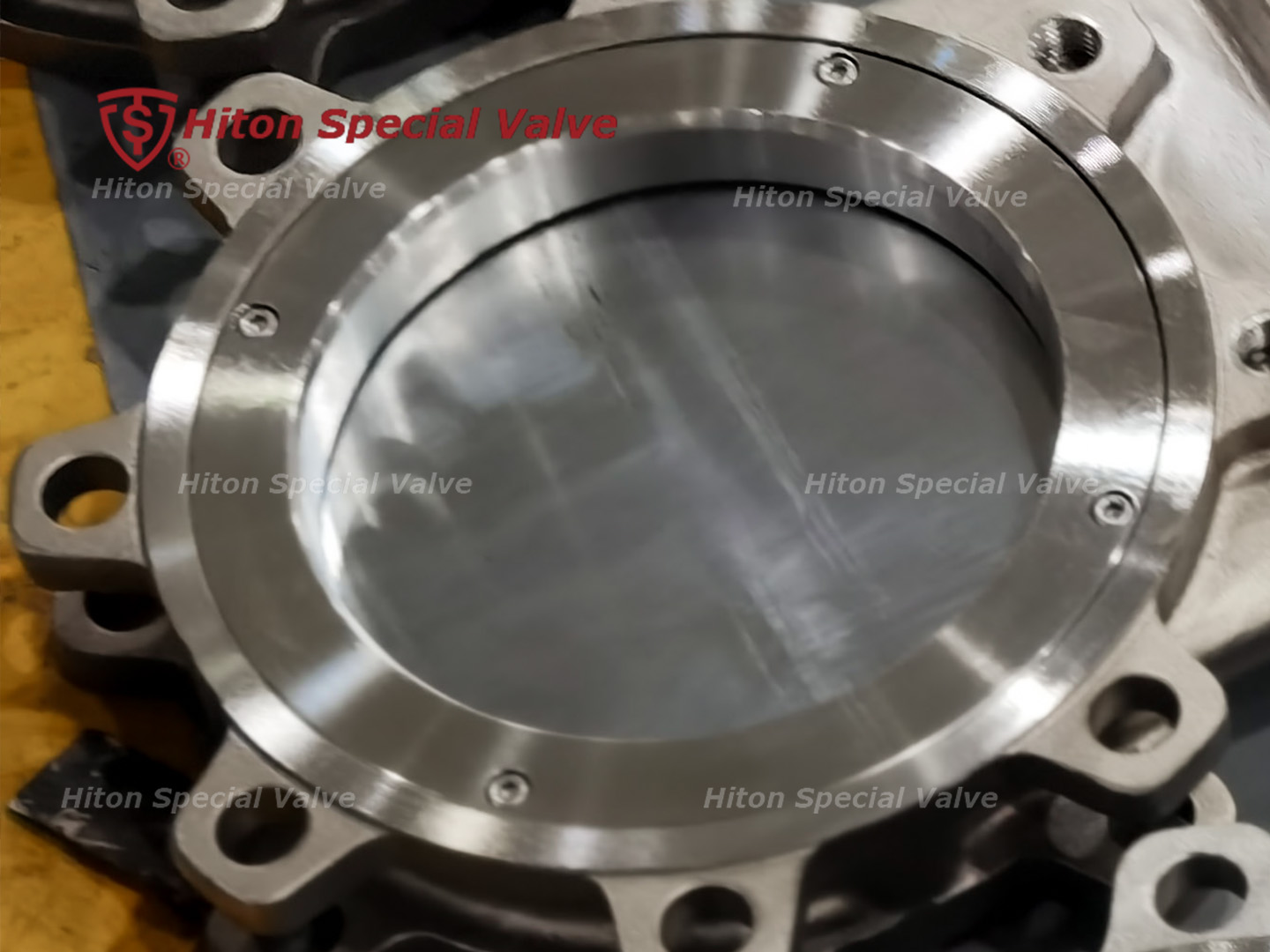A pneumatic knife gate valve is a valve controlled by a pneumatic device, typically used to shut off the flow of fluids. Its design generally consists of a blade (also known as a knife) and a valve body. The blade is usually flat and positioned within the fluid passage. Through the operation of a pneumatic device, the blade can be moved along the direction of fluid flow, allowing for the opening or closing of the fluid passage.
Key features include:
-
Cut-off function: Pneumatic knife gate valves are designed to quickly and thoroughly cut off the flow of fluids. When the blade is closed, fluid cannot pass through, achieving an effective shut-off.
-

-
Simple structure: The structure of a knife gate valve is relatively simple, typically composed of a valve body and a blade, reducing the number of components. This simplicity makes maintenance and repairs relatively straightforward.
-

-
High flow capacity: Due to the blade design, pneumatic knife gate valves provide a relatively large passage when open, reducing resistance to fluid flow and making them suitable for high-flow conditions.
-
-
Suitability for contaminated media: The simple structure of a knife gate valve makes it less prone to clogging by particles or contaminants in the media, making it suitable for media with impurities or particulate matter.
-
-
Pneumatic control: Knife gate valves are often controlled using pneumatic devices, allowing for remote operation and automation through pneumatic systems.
-
Pneumatic knife gate valves are widely used in industrial applications where there is a need to quickly shut off fluid flow, such as in emergency situations or in processes that require frequent fluid cut-off.


















